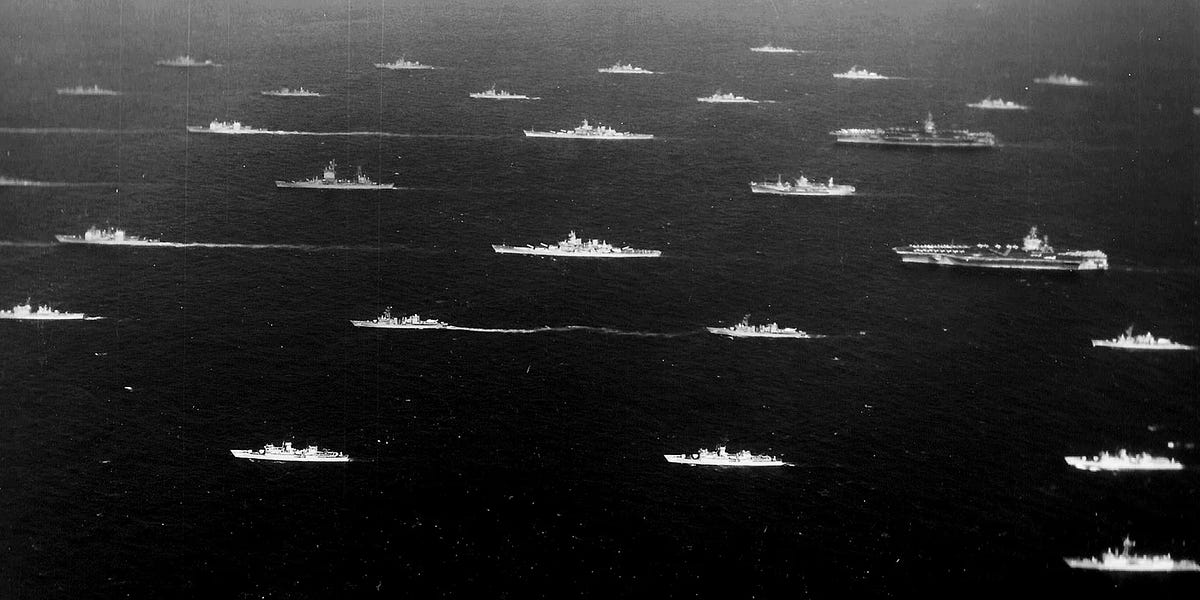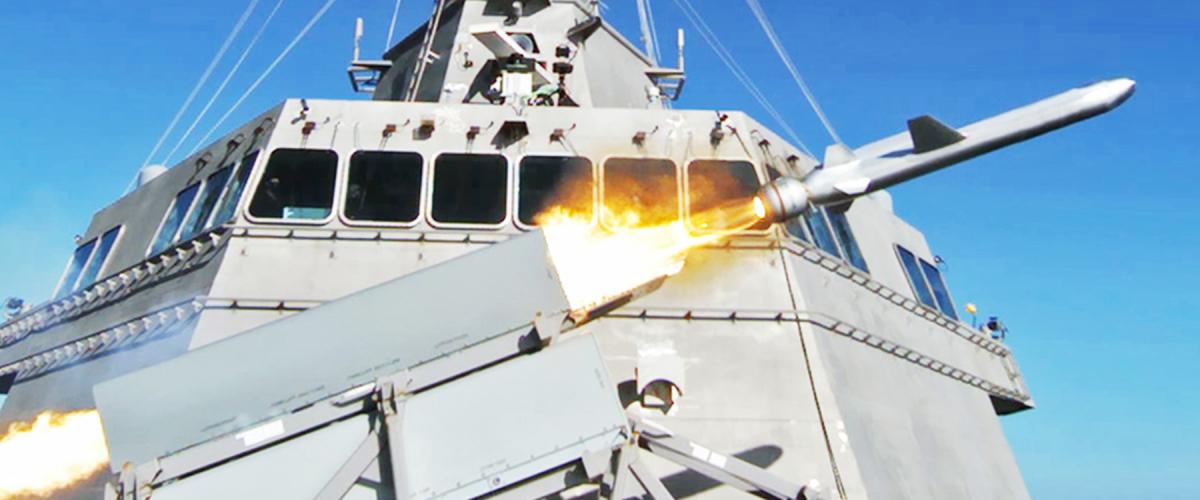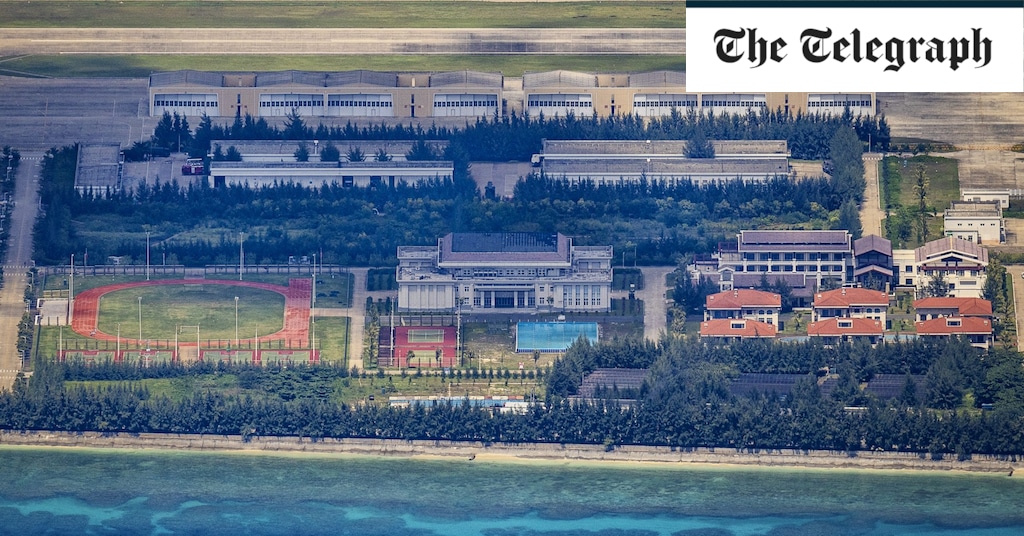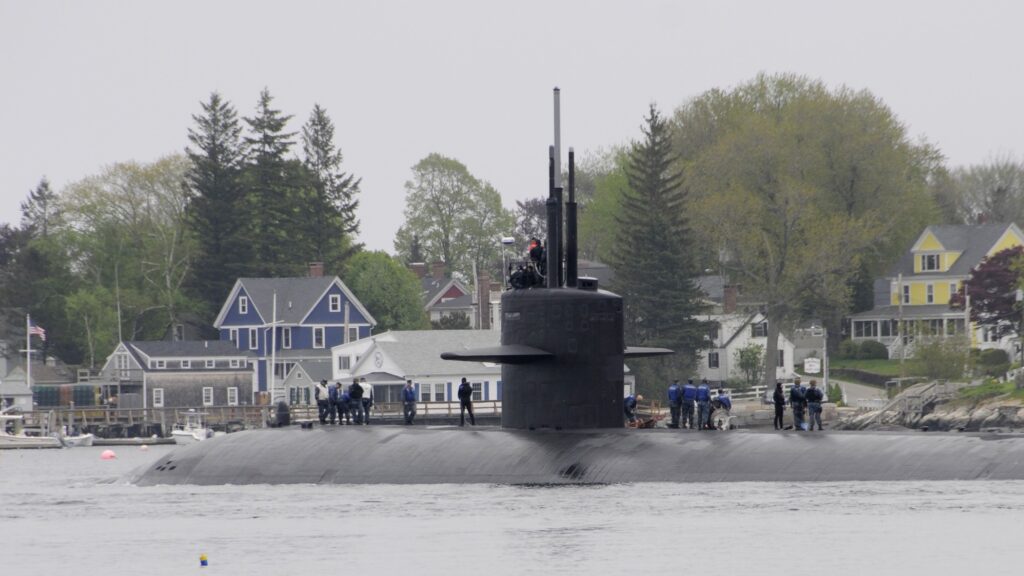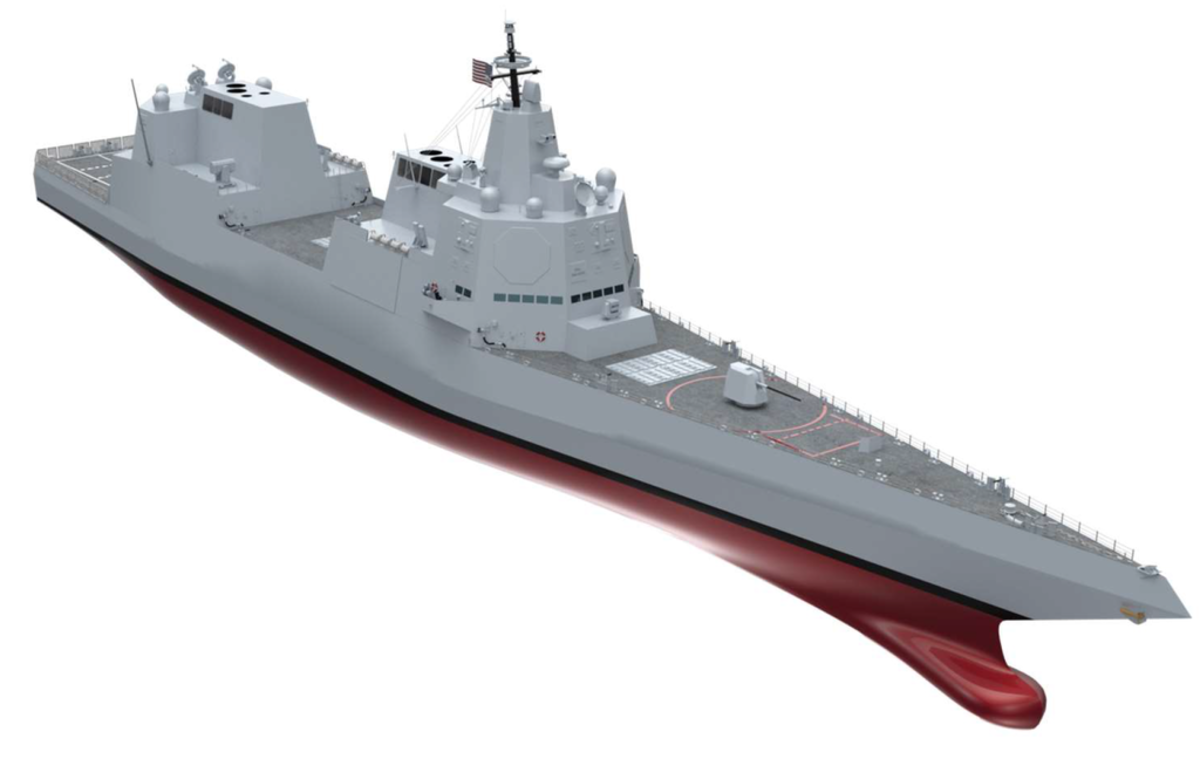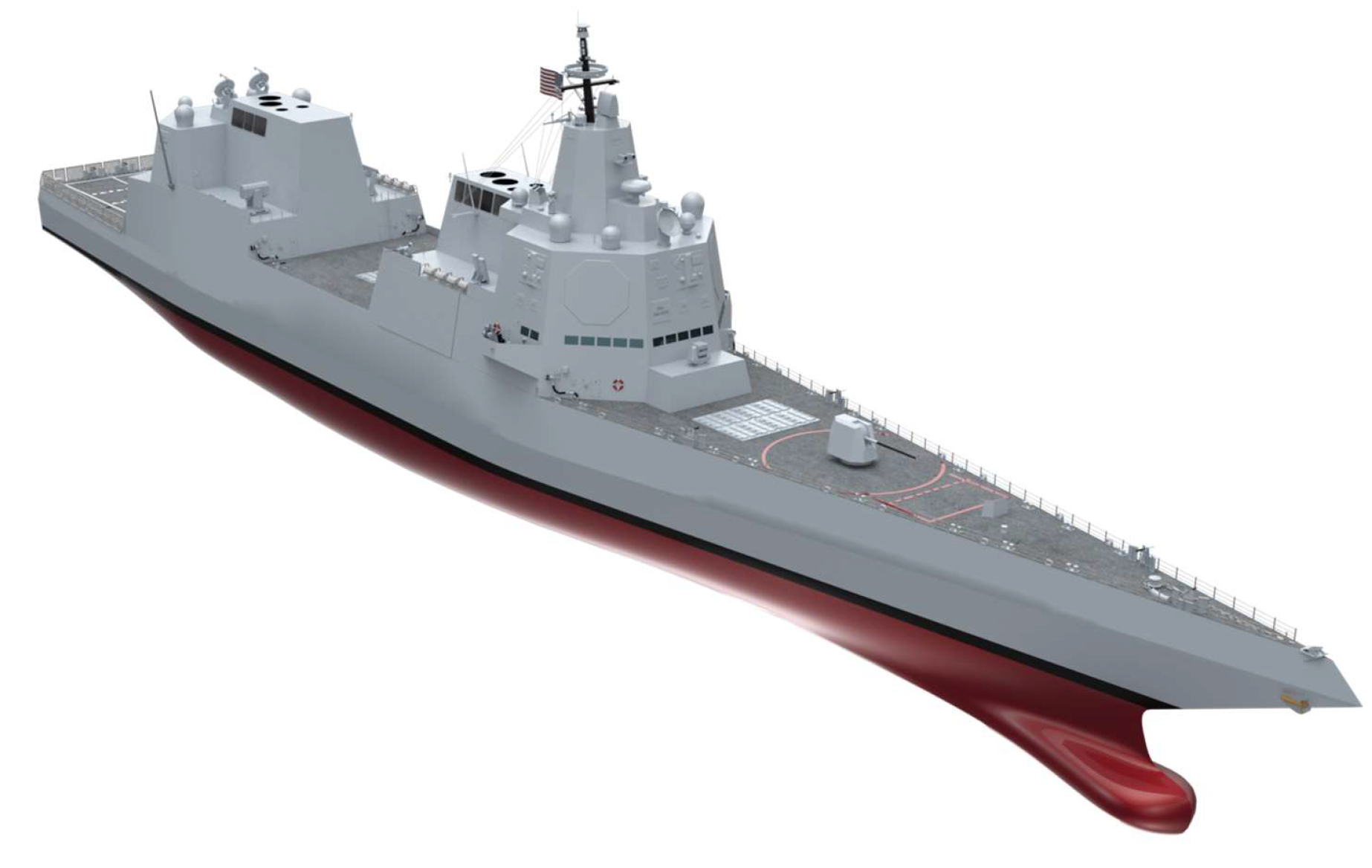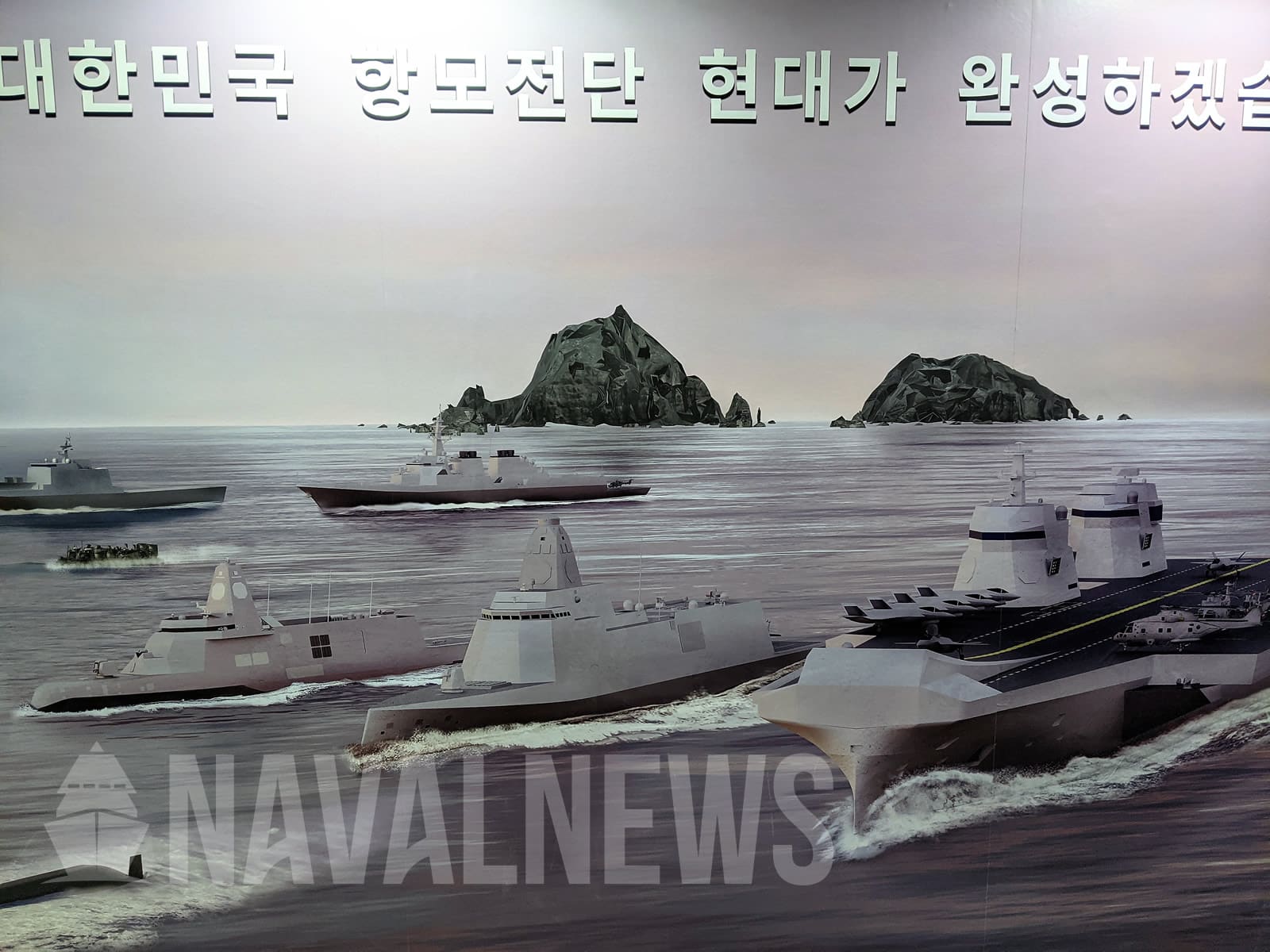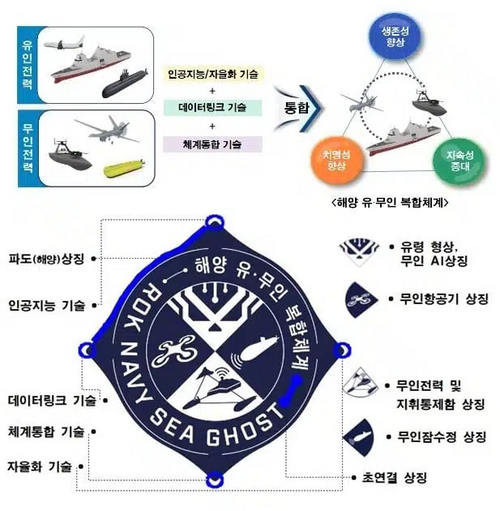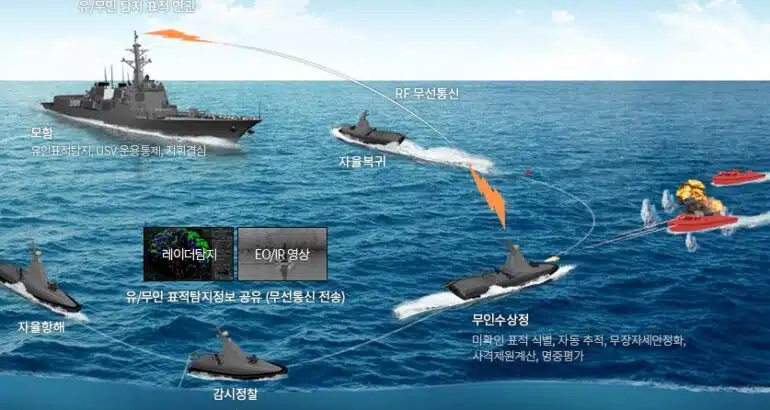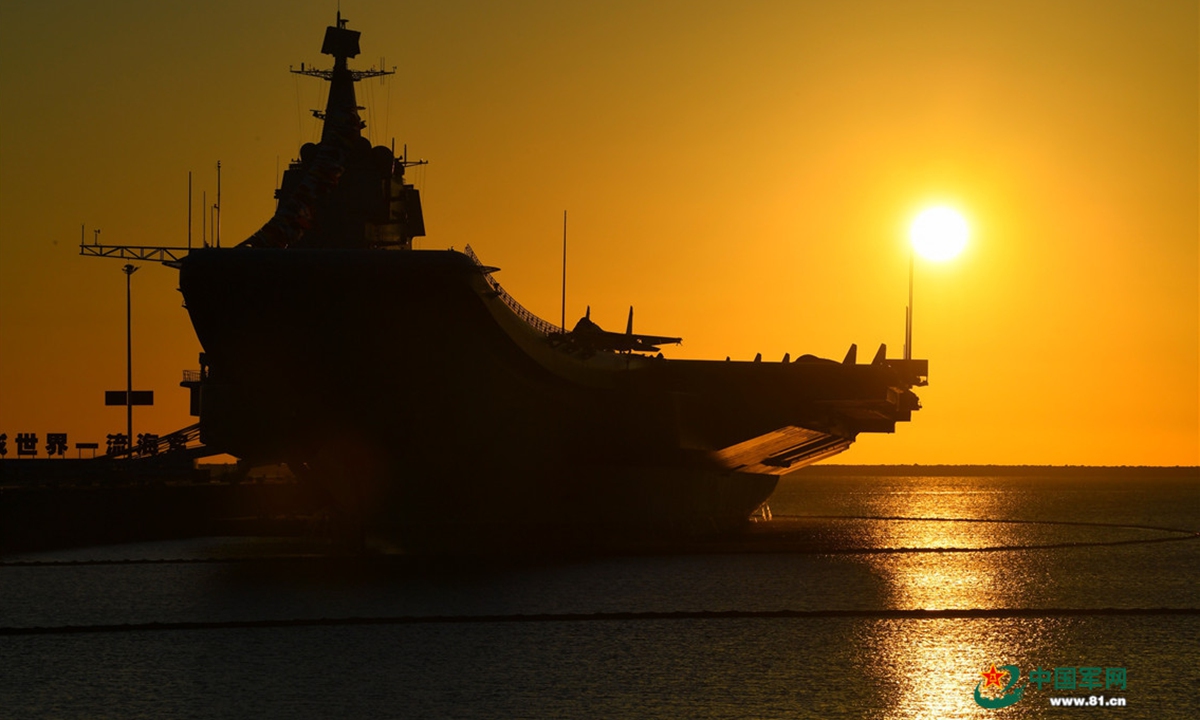w/ the PLAN putting out ships like they have been and that situation potentially worsening..not sure whether replenishment underway would not be a good idea... likely the assessment is classified.
The amount of ships they have doesn't change the calculus. If they have more ships, the Navy also needs more ships, not a way to reload.
Yes, more ships would be preferred, but is unlikely, thus the capability need or more unmanned large VLS barges.
Weaker navies do not defeat stronger ones and naval battles are typically Lanchesterian. VLS barges are a post-modern Jeune Ecole lol. The only good news is that the PRC is not the United States, nor the British Empire, and thus has no real desires to rule the world.
The US simply has to decide whether it wants to challenge China in shipbuilding or lose the Cold War against China.
This is a false dichotomy. There is no real choice that isn't at least somewhat morally reprehensible to the average American.
The US's macroeconomic outlook is too weak to support a major shipbuilding program. There's no getting around this: there aren't enough skilled tradesmen, and even if every young person in America were trained in a trade, no one has enough kids anymore for it to matter. Childrearing is expensive and only getting more so, so people avoid having kids as long as possible, at least until the increasingly razor thin wealth disparity is made up later and later in life, and more than likely by the time you're financially stable enough to buy a house, and have a family at the same time, you're in your mid to late 30's and if you're female that's well off the clock.
Conversely, the PRC is roughly where the United States was in 1930: a massive, surplus agrarian population of rice farming peasants to pull from, rapidly industrializing cities, and emphasis on production and heavy manufacturing for the rest of the world. There is no hope for the US to win an industrial war of attrition, because the PRC has already won, by virtue of having industrialized a century later than America.
Now, it's true that China will peak earlier than America, due to demographic concerns caused by the one-child policy, but this is also not important. At the relative nadir and strength of the USN and PLAN, in 2040-2045, the United States and China will be demographically near identical, both roughly in their early 40's median age, except China will be three times bigger and only need to control the South China Sea, while the United States will keep trying to hold onto its global empire. Thus the PLAN will be able to simply demolish the US Navy with sheer numbers fairly easily.
What happens after that is somewhat unimportant.
Perhaps America could annex Mexico or something and absorb that population, which is fairly young and weakly educated, and it might help redress the issue of high cost of workers and the demographic shortfalls. On the other hand America would now own Mexico, which would be a net drain. The alternative is America launches a nuclear Pearl Harbor on the PRC, right now, and demolishes it utterly while eating the Chinese "minimum deterrent" for damage on the West Coast or whatever. Finally, it can choose to do nothing, attempt to slow down the inevitable Chinese economic rise, and hope it collapses in on itself spontaneously like Japan did in the 1990's.
These are the only real options: Attack now and face the consequences (nuclear destruction of at least one major city, possibly more); redress the population problem by forcibly bringing more people into the fold (forcibly annexation of neighboring Latin American states); or do nothing (ignore the problem and hope it goes away, prepare to evacuate the SCS to save the rest of the empire). America is currently choosing to do nothing because anything else would be less than morally acceptable to it.
It's entirely possible that the PRC could evaporate into a cloud of smoke and ash (figuratively but perhaps literally if a new Warlord Era occurs) in the next decade, Xi could pick a fight with the United States early and force the USN into action (in which case PRC loses) when the COFM is against the PLAN, or this could happen to America, but at the moment time is on the PRC's side. The US is choosing to ignore the problem mostly because it doesn't like to think of itself as an aggressive, hegemonic, expansionist empire, although that's effectively what it is.
It might also be that the US is attempting to goad China into attacking first through economic coercive strategy, which would be rather clever because it would whitewash America of the need to strike first (although it still requires the US Navy to survive the initial assault), but that implies the US has that level of coordination between its State, Defense, and Treasury departments. The only time we saw anything like that was under FDR, against Japan, and even Roosevelt didn't get to choose the time and place to fight, so it's a rather poor strategy.
It's also important to keep in mind that the PLAN is not the second coming of the IJN. While their goals are ostensibly similar (naval dominance over East Asia, America's traditional colonial playground), the PLAN is far less rigorous and far less experienced than the IJN in terms of employment of naval aviation. This might change in the coming decades, but it will be rather rapid. It would have to occur within a human generation at a time when naval ships require that long simply to be bent into steel. Not even the Chinese, with their impressive and expanding heavy ship industries, expect to have Type 004 CVBGs before the 2030's due to COVID. That's an awfully tight window given the PLA isn't exactly producing world class fighter pilots either, but rather, like the Saudis, hiring mercenary Westerners to fight for them.

